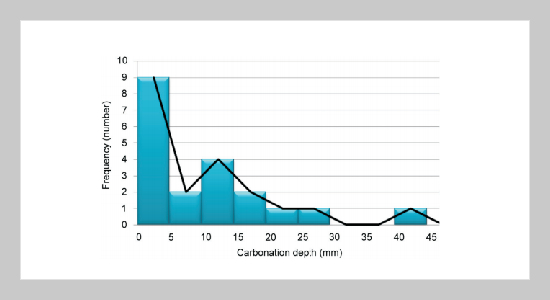Ming-Te Liang This email address is being protected from spambots. You need JavaScript enabled to view it.1, Chin-Sheng Kao2 , Han-Chung Hung3 and Jung-Chou Oung4 1Department of Civil Engineering, China Institute of Technology, Taipei, Taiwan 115, R.O.C.
2Department of Civil Engineering, Tamkang University, Tamsui, Taiwan 251, R.O.C.
3Department of Harbor and River Engineering, National Taiwan Ocean University, Keelung, Taiwan 202, R.O.C.
4Corrosion Prevention and Applied Electro Chemistry Laboratory, Industrial Technology Research Institute, Hsinchu, Taiwan 310, R.O.C.
Received:
November 28, 2007
Accepted:
March 19, 2009
Publication Date:
December 1, 2009
Download Citation:
||https://doi.org/10.6180/jase.2009.12.4.01
The main purpose of this paper is focused on the damage state prediction of existing concrete viaduct using structural system failure probability. The existing Gang-xi viaduct in Keelung, Taiwan, is used as a case study. Based on the experimental results through the samples cored from the viaduct, the failure probability of each failure model such as carbonation depth, chloride ion content, the compressive strength of concrete, and the concrete surface crack width measured in-situ is calculated according to each failure model. An approximate method of structural system reliability analysis is used to predict the failure probability of the whole viaduct. The predicted result obtained from the proposed method is compared with that result calculated by the dynamic reliability analysis of earthquake resistance structure. The present study result indicates that the proposed method is reasonable, feasible and reliable. The structural system failure probability of the existing viaduct is chiefly influenced by the maximum failure probability of failure model. The larger the failure probability of failure model has, the greater the influence is. The results presented in this study can be used as engineering decision-making for the repair, strengthening or demolition for existing viaduct.ABSTRACT
Keywords:
Failure Model, Failure Probability, Reliability, Carbonation, Chloride Ion Content, Crack Width
REFERENCES
















